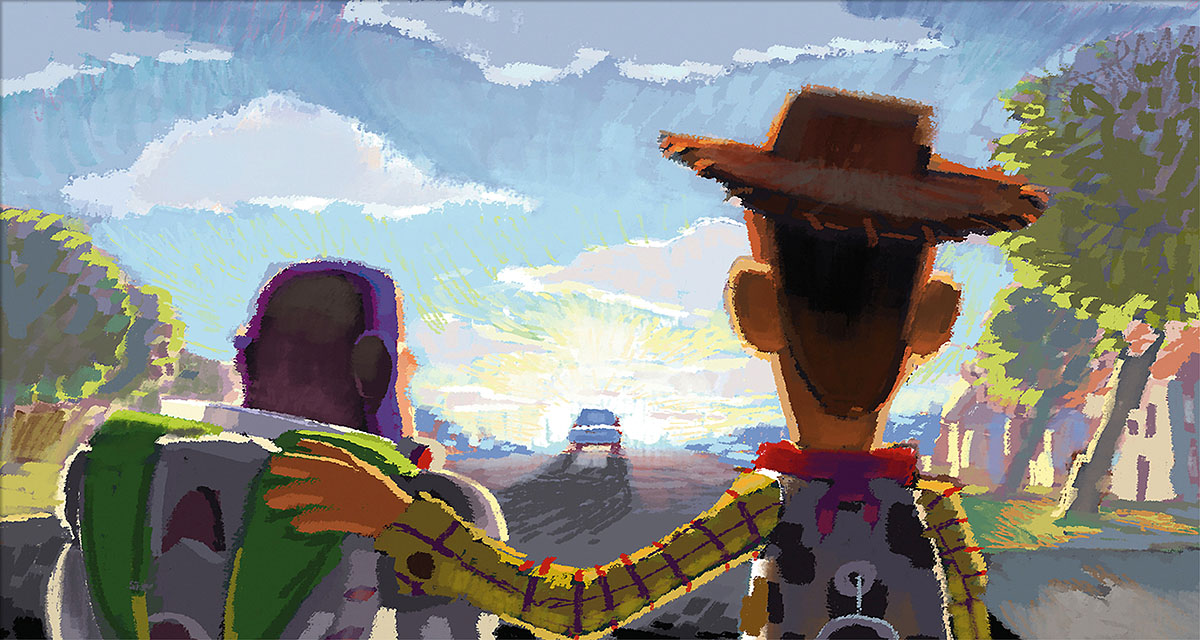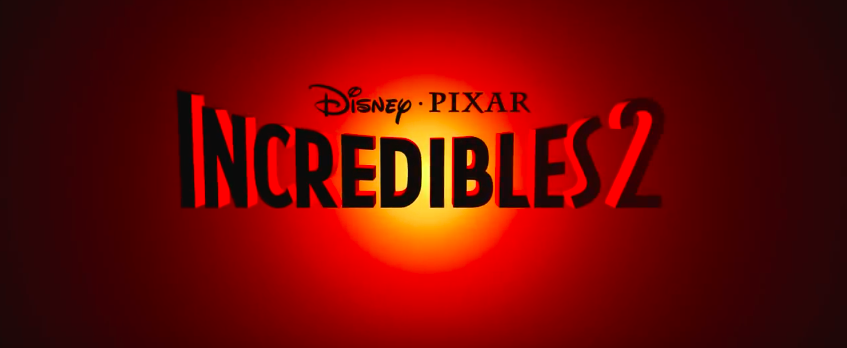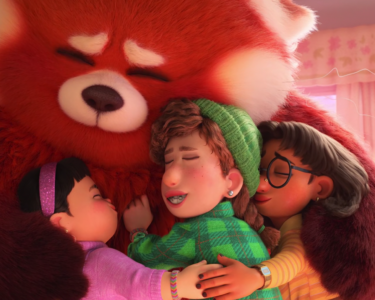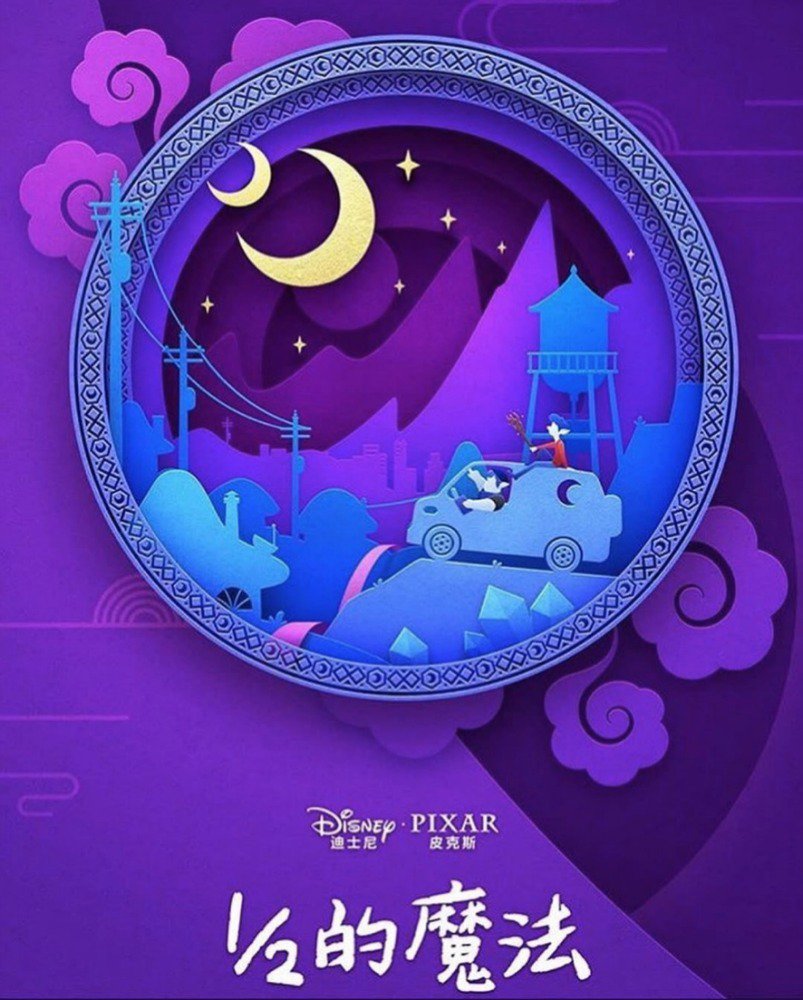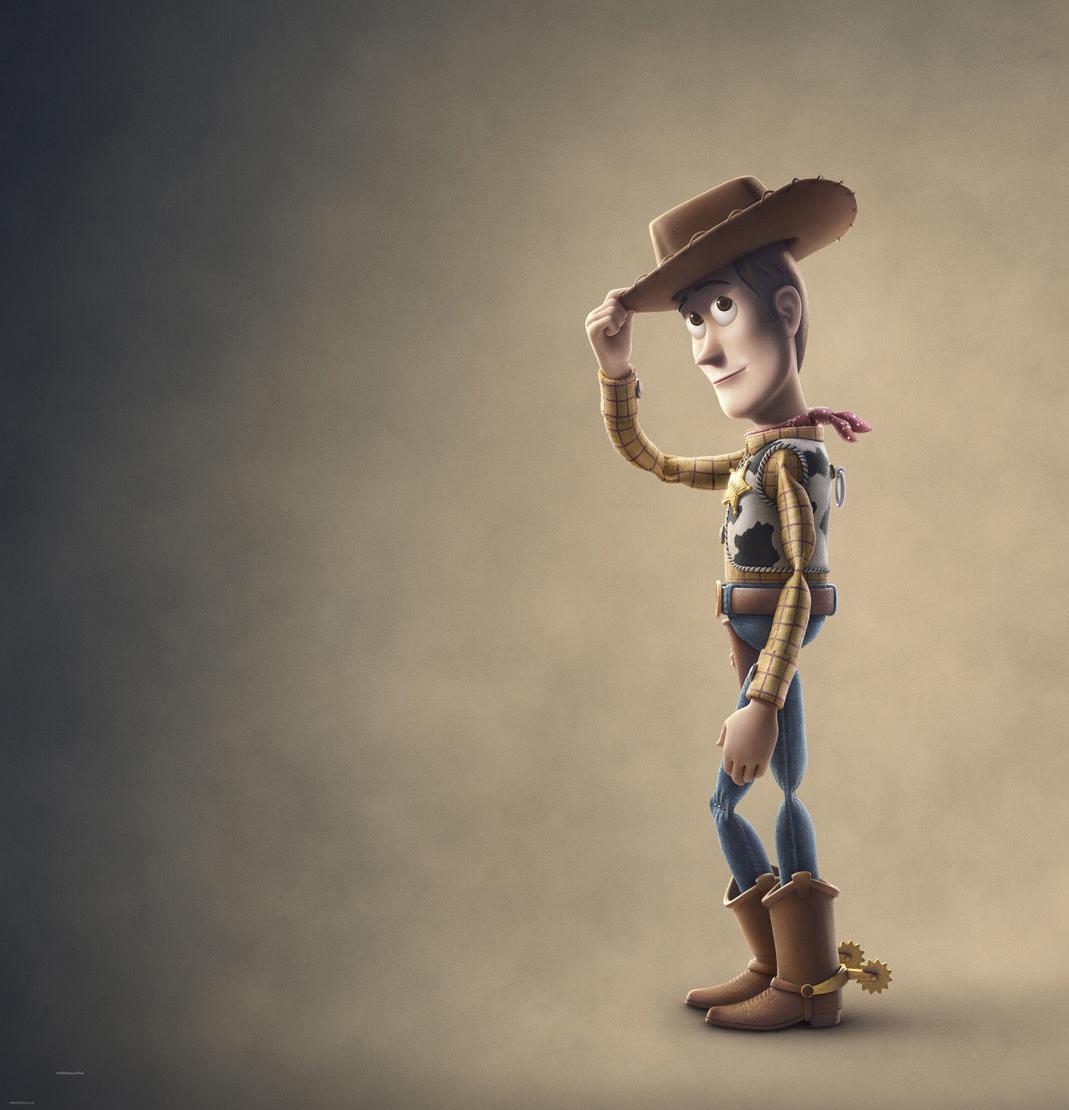Pixar isn’t afraid to tackle death and loss in their films; it’s a prevalent theme in almost every story and even an obstacle that so many of their beloved characters need to tackle to move on and grow. Death is featured at the start of Finding Nemo, when Marlin discovers his wife and children have been brutally eaten by a barracuda. And it’s obviously there in Up, as we follow Carl and Ellie through their beautiful relationship when they meet as children, get married, and until the very end with Ellie dying due to old age. There’s even the loss of growing up and leaving your childhood behind in Toy Story 3 when Andy packs up his stuff for college and ends up leaving his beloved toys with Bonnie. Although Finding Nemo and Up have those themes featured at the beginning of the films, the entire story does not spend it’s time focusing on how that loss has affected the characters, what happens when those characters die, or how they’re supposed to deal with that empty gap in their lives. It’s simply a tool to move the characters from one spot to the other to fulfill the other story the studio wanted to tell at that time.
But with Coco, Pixar’s latest film, death takes the helm and leaves room to open up conversation about that often-taboo topic. The film would simply not exist if it weren’t for death and the Mexican holiday Day of the Dead.
Coco is an important film for not only acknowledging the Mexican culture faithfully by embracing their traditions to a tee, but by also being a place where families can come together to discuss something that is a part of everyone’s lives, no matter their age, race, or religion; and most importantly, a place where they can fondly look back and remember all the cherished memories of loved ones no longer with them.
When I was 9-years-old my grandmother passed away from Leukemia – that was the first time I had heard the word death, the first time I had seen the mourning and the blackness. I saw the tears before but I never put two and two together. Now there was a face to death, a person that I once knew who was no longer on this earth.
I understood that my grandmother was gone but not the severity of it all. One day after she passed, I had caught my mother sitting alone, watching old VHS tapes of my grandmother. She was sitting quietly in front of the TV crying. The VHS tapes were showcasing happier times of my grandmother laughing and dancing, full of health and beauty. At that age I thought nothing of it but continued to my room, where I most likely started playing with my toys or finished my homework.
There was never really a time for my parents to talk about death with me because my grandmother’s passing happened so suddenly. I was thrown into the topic and because of that, I feared the death of my friends and my family. I didn’t want anyone to die and I didn’t really understand where they went – even though in church, especially with my Greek Orthodox upbringing, I was told everlasting life existed in places like heaven.
I was lucky to have another set of grandparents who I spent my childhood with. My other grandmother didn’t pass away until 2016, and I’m still left with one surviving grandfather who is in his early nineties. Though because of my initial brush with death at 9, I feared for the day when my other grandparents would pass away. I would leave them silly letters around the house when I visited in the summer telling them that I would never forget them and I would always remember them. I didn’t want them to go anywhere, and I wanted to stay in that moment surrounded by them, forever.
I saw Coco with my family and like so many others, it brought me back to all the wonderful memories I had with all of my grandparents. Just like when Miguel’s family came together in the end to celebrate the life of their ancestors, even the ones they didn’t know in their lifetime, I came together with my own family to discuss friends and family from days gone by. After the film we talked about all the good times we had together and laughed away our tears. We most certainly remembered them and most importantly, we remembered all the great things about their lives and how they helped us become the people we are today.
It’s important for animated films like Coco to feature death so prominently in the story. Animated films are mostly targeted towards younger audiences, which makes it even more special for children to experience themes like death with their families earlier on and to figure out what it means to them in their own time. It opens up opportunities for children to ask questions about what happens when loved ones die and for parents not to shield their children from something that happens to all things in time. It’s also vital to speak to children about death and to embrace all the ugly emotions that come with it. With the fear and sadness comes the happiness and love when one is faced with the warm memories of those who have passed. It’s OK to cry, to get emotional, and to discuss this sensitive topic; luckily we have films like Coco to help open up that opportunity for all.
Coco and the Importance of Death
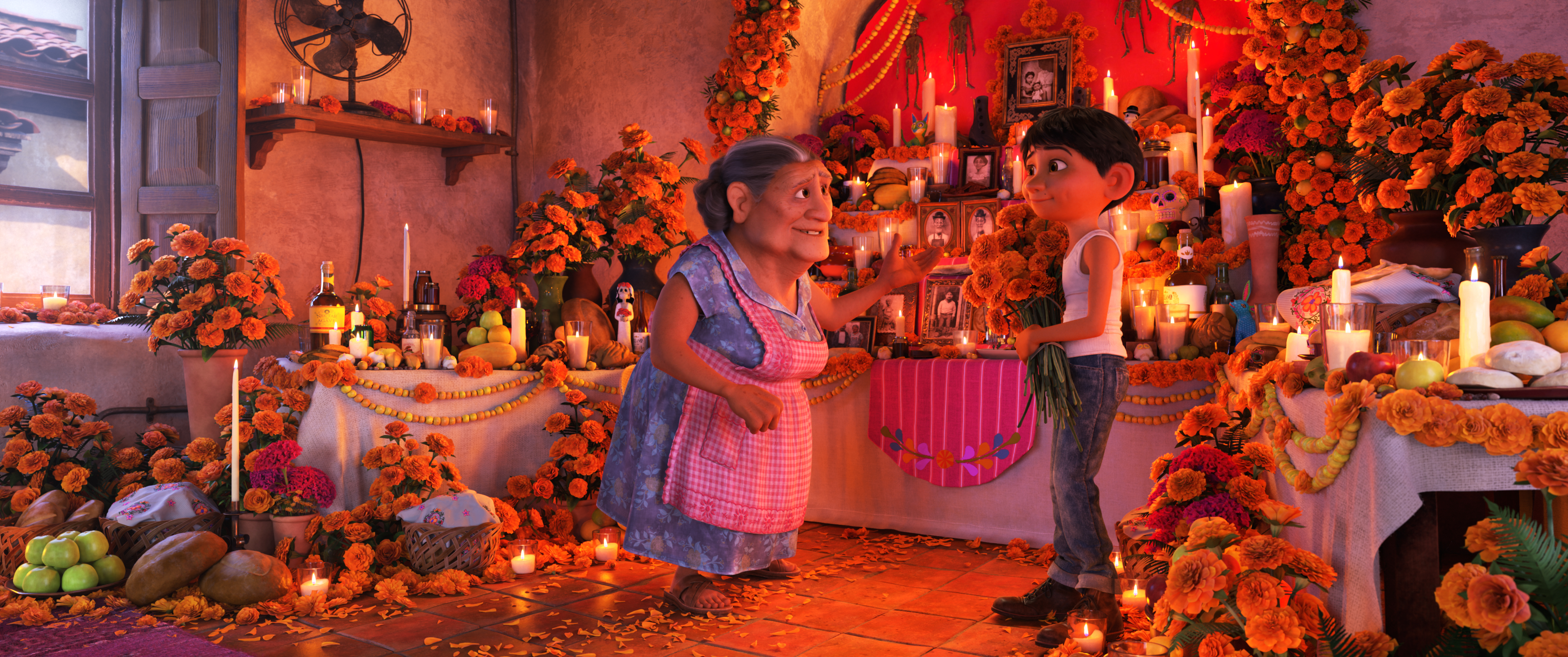

Nia Alavezos is a storyteller based in Cardiff, Wales. She recently made the great pilgrimage across the pond from sunny Los Angeles to pursue her dreams of living abroad. With over 6 years of animation experience (from working in the trenches on The Tom and Jerry Show at Renegade Animation to The Epic Tales of Captain Underpants at DreamWorks) she hopes to provide a unique commentary to Pixar's films, culture, and animation.


